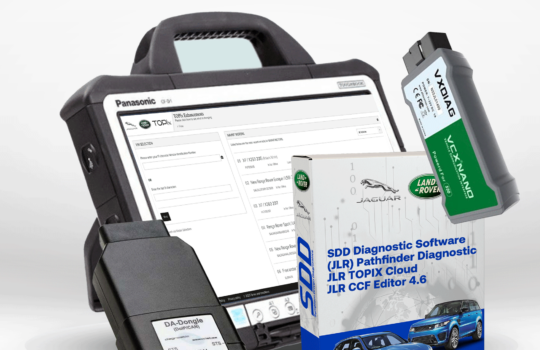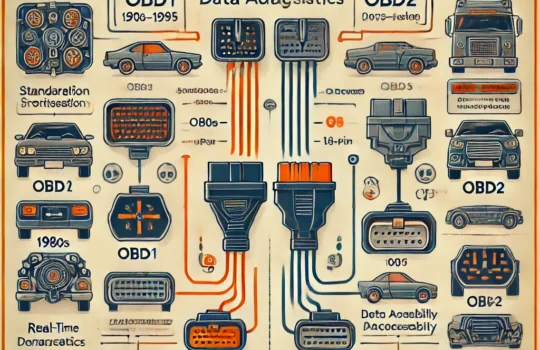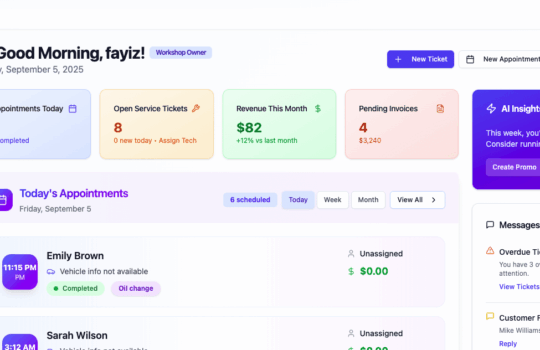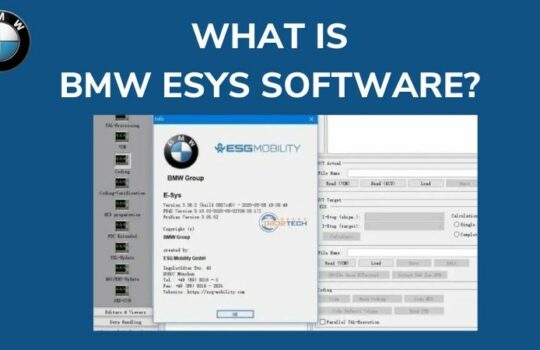What is DOIP Protocol?
Table of Content
Introduction to DOIP
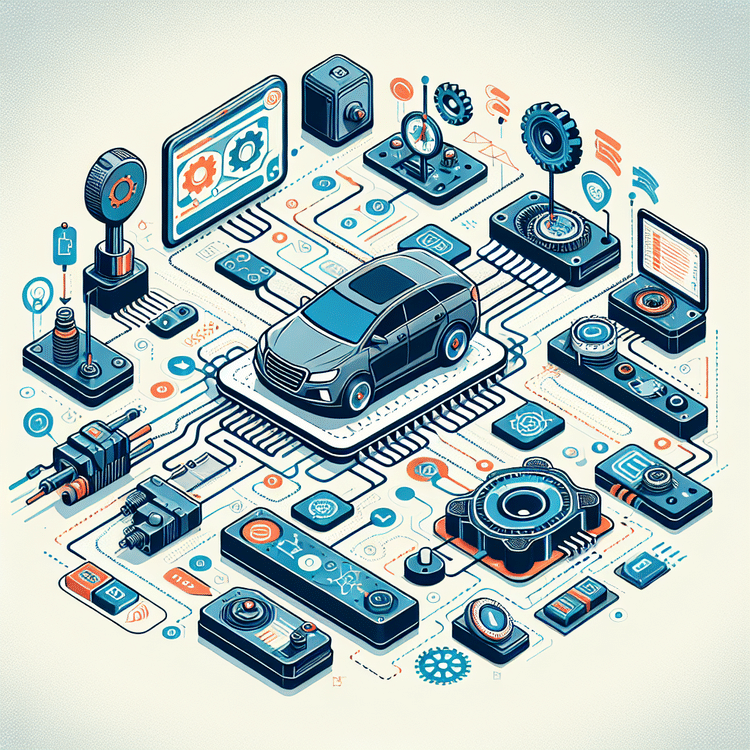
DOIP, or Diagnostic over Internet Protocol, represents a significant evolution in automotive diagnostics by enabling communication between vehicles and diagnostic tools over internet protocols. This shift is particularly relevant as vehicles become increasingly connected, requiring sophisticated diagnostics systems that can handle vast amounts of data efficiently.
Understanding DOIP is essential for both car owners and mechanics in today’s automotive landscape, where electronic systems play a crucial role in vehicle performance. With the implementation of DOIP, technicians can perform advanced diagnostics and access vehicle data remotely, enhancing diagnostic accuracy and repair efficiency.
What is DOIP?
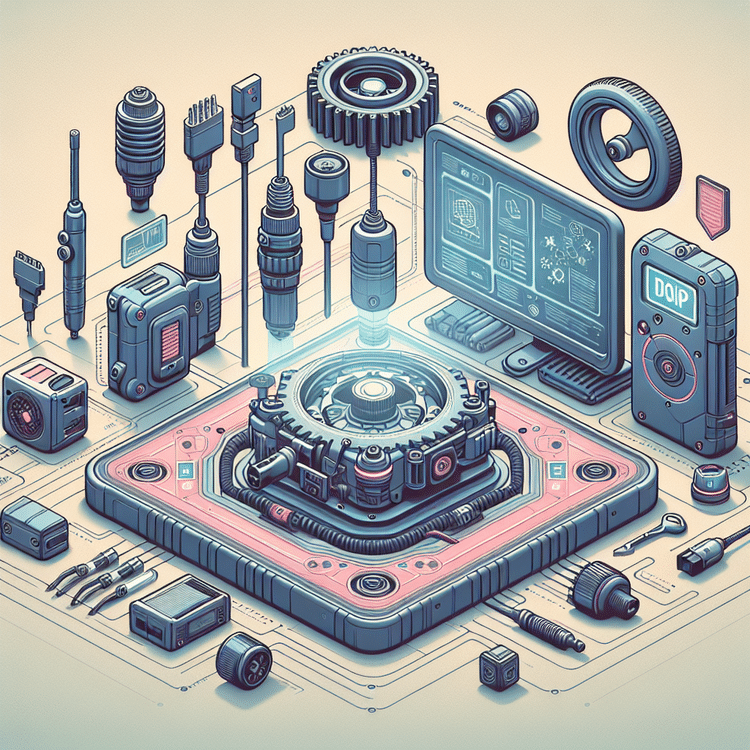
Diagnostic over Internet Protocol (DOIP) is a modern communication protocol developed to enhance the capabilities of vehicle diagnostics and data communication. As vehicles become more technologically advanced, the need for effective communication between diagnostic tools and onboard systems has become paramount. DOIP is significant because it facilitates high-speed data transfer over standard Ethernet networks, allowing for quicker diagnostics and real-time data access.
Historically, traditional protocols like CAN (Controller Area Network) provided limited bandwidth, which is insufficient for the growing complexity of modern vehicles. The development of DOIP aimed to overcome these limitations, allowing for better integration of advanced features such as autonomous driving and various infotainment systems. This protocol is essential for manufacturers and technicians as it streamlines diagnostics, making it easier to troubleshoot issues efficiently.
For technicians specializing in Jaguar Land Rover vehicles, the Maximizing Car Repair Efficiency with DoIP Diagnostic Devices blog post provides in-depth insights into effective tools for utilizing DOIP.
How DOIP Works

Diagnostic over Internet Protocol (DOIP) operates on a robust framework that allows vehicles to communicate with diagnostic devices using standard network protocols. DOIP supports both Transmission Control Protocol (TCP) and User Datagram Protocol (UDP)</strong) for data transmission, ensuring flexibility and reliability in various scenarios.
The communication mechanism initiates when a diagnostic tool, such as a JLR DoIP VCI, connects to the vehicle’s onboard diagnostic system. Through this connection, data including fault codes, vehicle status, and performance metrics can be sent and received at high speeds. The interaction typically resembles the following process:
- The diagnostic tool sends a request to the vehicle.
- The vehicle responds with relevant data.
- The diagnostic tool interprets this data for analysis.
For enhanced functionality, DOIP standards dictate how devices communicate, ensure compatibility across various manufacturers, and facilitate software updates and repairs over the internet. This not only streamlines the repair process but also enhances the effectiveness of vehicle diagnostics.
To learn more about how to set up your diagnostic tools for JLR vehicles, check out this comprehensive guide on configuration.
DOIP Protocol Uses
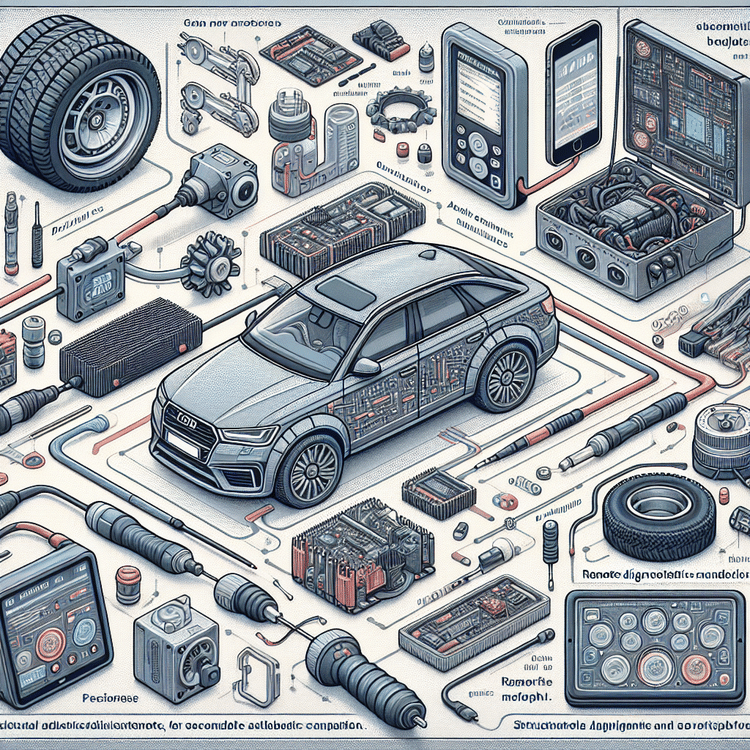
The Diagnostic over Internet Protocol (DOIP) is revolutionizing automotive diagnostics by facilitating effective communication between vehicles and diagnostic tools. Common DOIP applications include:
- Diagnostics: DOIP makes it easier for mechanics and technicians to retrieve extensive diagnostic data from vehicle Electronic Control Units (ECUs), allowing for quicker identification of faults.
- Remote Diagnostics: With DOIP, technicians can perform remote diagnostics, enabling them to assess vehicle issues without being physically present. This capability enhances efficiency and reduces downtime.
- ECU Flashing: DOIP supports ECU flashing, which allows software updates and reprogramming of vehicle updates to be performed remotely, ensuring that vehicles remain up-to-date with the latest software enhancements.
Benefits of DOIP

Diagnostic over Internet Protocol (DOIP) offers numerous benefits that significantly enhance vehicle diagnostics compared to traditional protocols. Here are some key advantages:
- Enhanced Data Transfer Speeds: DOIP utilizes modern networking technologies, allowing for faster data transmission rates. This reduces the time it takes to diagnose vehicles, improving overall efficiency.
- Improved Diagnostic Accuracy: With its ability to handle more complex data formats and larger data packages, DOIP enables more accurate diagnostics. This means technicians can pinpoint issues more effectively, leading to quicker and more reliable repairs.
- Scalability for Future Technologies: As automotive technologies evolve, DOIP stands out by being adaptable to new applications and systems. This future-proofing ensures that workshops can keep pace with the industry’s advancements.
For a deeper understanding of how to implement DOIP diagnostics, consider reading our post on Maximizing Car Repair Efficiency with DoIP Diagnostic Devices. Additionally, if you’re working with Jaguar Land Rover, check out How to Setup JLR DoIP VCI for SDD and Pathfinder for valuable insights.
DOIP vs Traditional Protocols
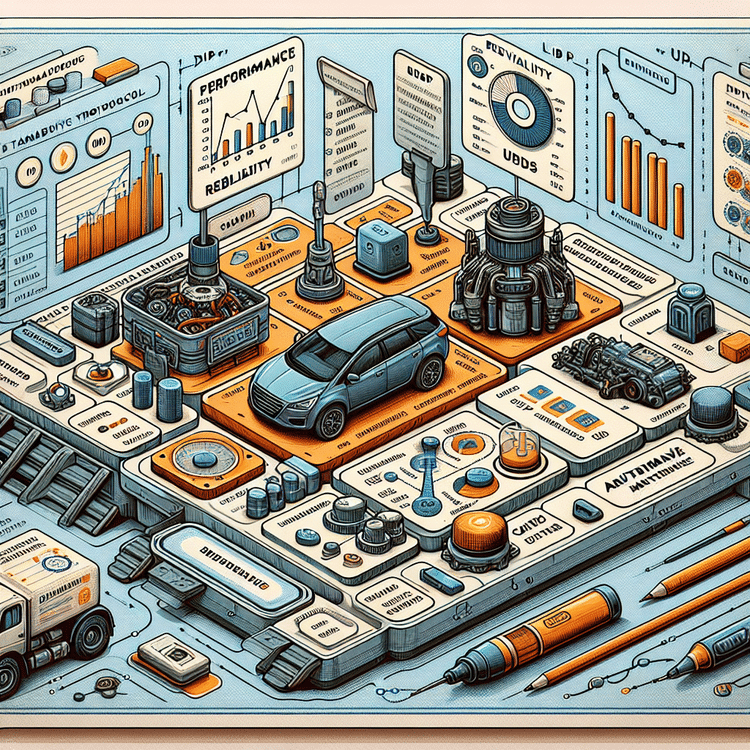
Diagnostic over Internet Protocol (DOIP) represents a significant advancement in automotive communication protocols, particularly when compared to traditional methods like Keyword Protocol 2000 (KWP2000) and Unified Diagnostic Services (UDS). Below is a comparative analysis highlighting key differences:
| Feature | DOIP | KWP2000 | UDS |
|---|---|---|---|
| Performance | High-speed data transfer over Ethernet | Low-speed, limited bandwidth | Moderate speed, capable but less efficient |
| Reliability | More robust handling of data packets | Prone to packet loss | Reliable, but less flexible |
| Usability | Supports modern features and remote diagnostics | Limited in functionalities | Wide support but can be complex |
For practical implementation, case studies reveal that automotive manufacturers using DOIP see improved diagnostics and repair times. For instance, the Maximizing Car Repair Efficiency with DoIP Diagnostic Devices guide illustrates how this technology streamlines mechanic workflows.
Moreover, utilizing devices like the DA-DoIP VCI (D-PDU/J2534) allows access to advanced diagnostics, making it a valuable tool for mechanics venturing into sophisticated automotive technologies.
Automotive Communication Protocols
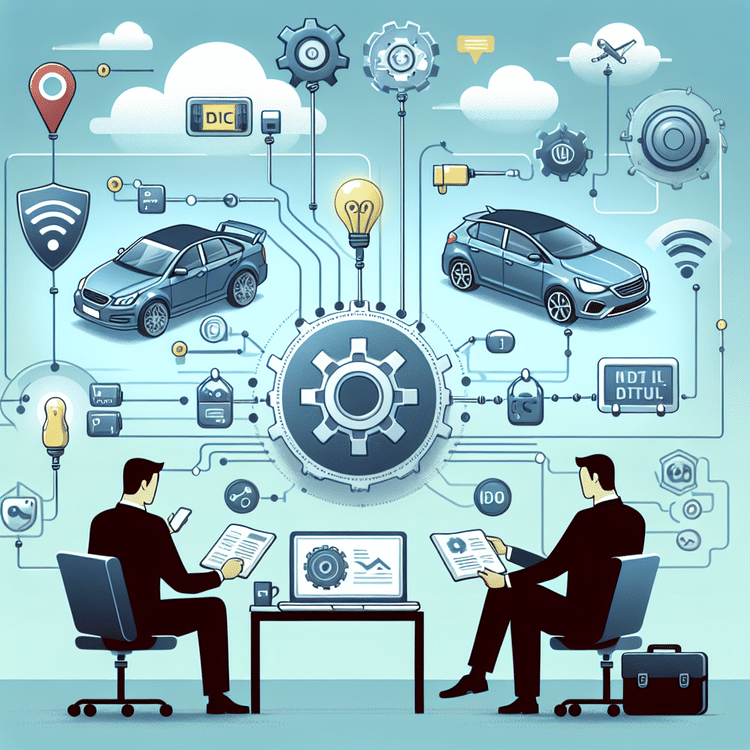
The automotive communication landscape encompasses several protocols that facilitate interaction among vehicle components and diagnostic tools. One of the emerging standards in this ecosystem is the Diagnostic over Internet Protocol (DoIP), which enhances the way vehicles communicate with diagnostic equipment over the internet.
DoIP operates alongside established protocols such as CAN (Controller Area Network), LIN (Local Interconnect Network), and Ethernet. While CAN has been traditionally used for real-time data transmission between microcontrollers, DoIP allows for more extensive data packets and remote diagnostics, improving efficiency in vehicle maintenance and troubleshooting.
This transition to networked diagnostics is crucial, as cars increasingly adopt complex functionalities and require streamlined communication methods. For example, tools like the DA-DoIP VCI (D-PDU/J2534) are specifically designed to support DoIP, enabling technicians to perform diagnostics quickly and effectively.
Moreover, many manufacturers are integrating DoIP into their models, making it essential for mechanics and car owners to understand its implications for both vehicle performance and maintenance.
DOIP Standards

The implementation of Diagnostic over Internet Protocol (DOIP) is governed by specific standards, primarily outlined in ISO 13400. This standard specifies the communication layer and protocol requirements that facilitate diagnostics over internet protocols, ensuring seamless interactions between vehicles and diagnostic tools.
Compliance with these standards is crucial for manufacturers and service providers as it guarantees compatibility across various devices and vehicles. Adhering to ISO 13400 not only fosters industry-wide acceptance but also enhances the reliability and efficiency of the diagnostic processes.
Moreover, these standards play a vital role in promoting automated communication in the automotive sector. By ensuring that all devices adhere to the same protocols, service providers can implement diagnostic solutions that are both effective and universally applicable.
Future of DOIP

The future of Diagnostic over Internet Protocol (DOIP) is poised for significant innovation, especially in the domains of cybersecurity and cloud integration. As vehicles increasingly rely on APIs and connectivity, protecting this sensitive data becomes paramount. Enhanced cybersecurity measures will be crucial to safeguard against potential threats that emerge with more sophisticated vehicle communication systems.
Cloud integration is another transformative trend impacting DOIP applications. The ability to leverage cloud computing allows for remote diagnostics and real-time data analysis, enabling quicker decision-making processes and improved vehicle servicing efficiency. For car owners, this means potential cost savings and enhanced convenience through automated alerts and diagnostics.
Emerging technologies like artificial intelligence and machine learning are also expected to play a significant role in the evolution of DOIP. These technologies can enhance diagnostic processes by predicting failures before they occur, thus facilitating proactive maintenance strategies.
- Increasing reliance on advanced cybersecurity solutions to protect vehicle communication.
- Widespread adoption of cloud-based services for enhanced vehicle diagnostics.
- Integration of AI and machine learning to refine predictive maintenance techniques.
As the automotive industry continues to embrace these advancements, tools that facilitate DOIP diagnostics, such as the JLR DoIP VCI – WiFi Interface for Jaguar Land Rover, will become essential for mechanics looking to stay ahead of the technological curve.
Furthermore, learning how to effectively implement these technologies is vital. Resources like How to Setup JLR DoIP VCI for SDD and Pathfinder can provide valuable guidance to those seeking practical applications of DOIP in their work.
Conclusion

In summary, DOIP (Diagnostics over Internet Protocol) represents a crucial advancement in automotive communication. This technology streamlines diagnostics, enhances vehicle troubleshooting accuracy, and supports modern vehicles equipped with complex electronics. As vehicles increasingly rely on sophisticated digital systems, the importance of DOIP cannot be overstated. It not only enables seamless communication between vehicles and diagnostic tools, but it also ensures that vehicle maintenance and repair processes become more efficient.
The benefits of DOIP extend beyond immediate diagnostics. It paves the way for future-proof solutions, enabling updates and diagnostics remotely, thereby reducing workshop visits and improving user experience. For mechanics and car owners alike, understanding and utilizing DOIP can lead to significant improvements in service quality and vehicle reliability.
For a comprehensive guide on setting up your diagnostic device, feel free to read our article on How to Setup JLR DoIP VCI for SDD and Pathfinder.
